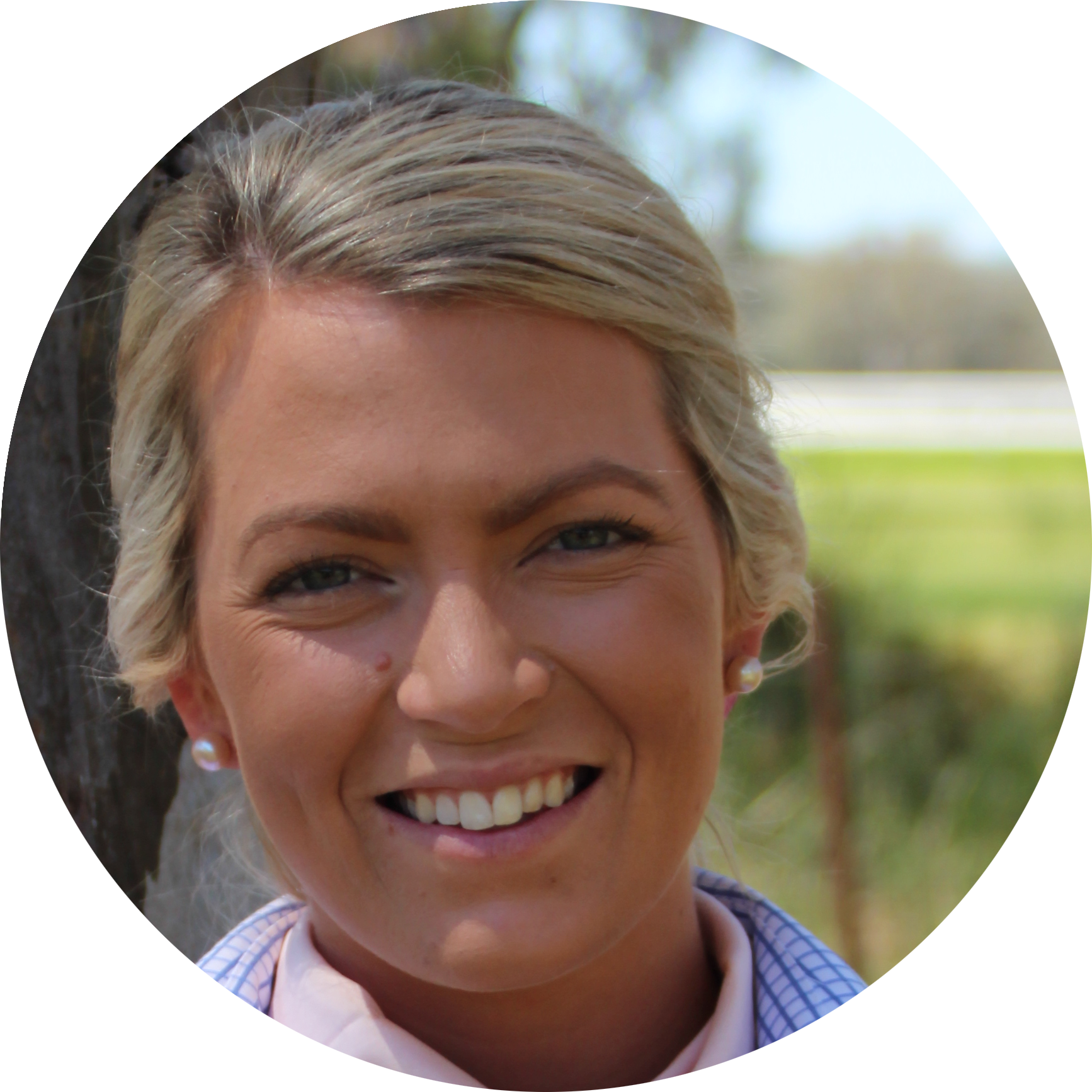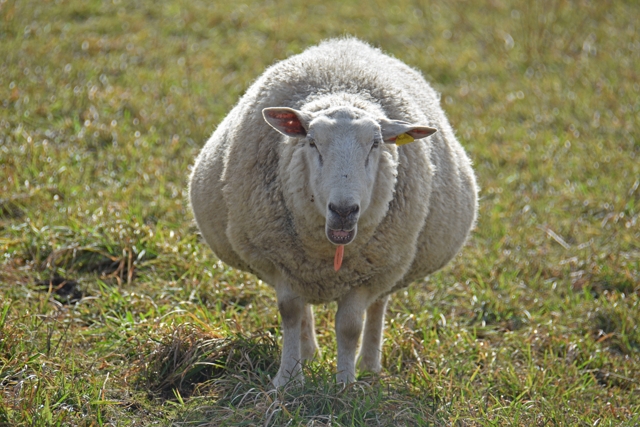Look out for ewe abortion this autumn
 PRODUCTION ADVICE - MAY 2020 - ANIMAL HEALTH
PRODUCTION ADVICE - MAY 2020 - ANIMAL HEALTH
By Eve Hall
District Veterinarian
P: 0439 078 989 | E: eve.hall@lls.nsw.gov.au
Abortion in ewes can have significant economic consequences, and to make things worse, the problem often goes completely under the radar until much later on. It’s frequently referred to as the ‘silent killer’ in sheep-breeding enterprises.
Due to predation and rapid degradation of aborted foetuses and materials in the paddock, it is very easy for abortions to go unnoticed at the time that they are occurring. Quite often, ewe abortion problems only become apparent at lamb-marking when an obvious disparity between pregnancy scanning and lamb-marking percentages is noticed, and particularly where there are a concerning number of ewes which were scanned pregnant but did not lamb.
It is considered normal for around 1.5-2 per cent of pregnant ewes to abort each year. An abortion rate over 5 per cent is a concern and warrants investigation. Achieving a diagnosis can be challenging, especially if the abortions occurred weeks or months prior - often the most reliable samples for testing (freshly aborted foetuses or materials) are long gone.
Abortion in ewes can have a range of causes, including:
Infectious
- Toxoplasmosis
- Leptospirosis
- Campylobacter
- Listeriosis
- Brucellosis
- Q fever
- Salmonella.
Non-infectious (less common)
- Trace element deficiencies such as selenium or copper
- Toxins in the diet or environment.
Tips for keeping a handle on ewe abortion:
- Pregnancy scan ewes – without pregnancy scanning, it is difficult to know if a reproductive failure is related to fertility (failure to conceive) or abortion.
- Monitor for signs of abortion in the paddock – keep an eye out for aborted foetuses, evidence of membranes or discharge from ewes. Take care when handling aborted materials as a number of infectious causes of abortion in ewes are also zoonotic (may also cause disease in humans).
- Look for obvious empty ewes at pre-lambing treatments – if numbers are concerning then isolate these ewes and seek veterinary advice.
- Act quickly and seek veterinary advice at the earliest sign of a ewe abortion problem – achieving a diagnosis can be very difficult, especially if the problem occurred a long time ago.
- Prevention – some causes of abortion (for example campylobacter) can be vaccinated against.
To further discuss abortion in sheep, get in touch with your local District Vet by contacting your nearest Local Land Services office.